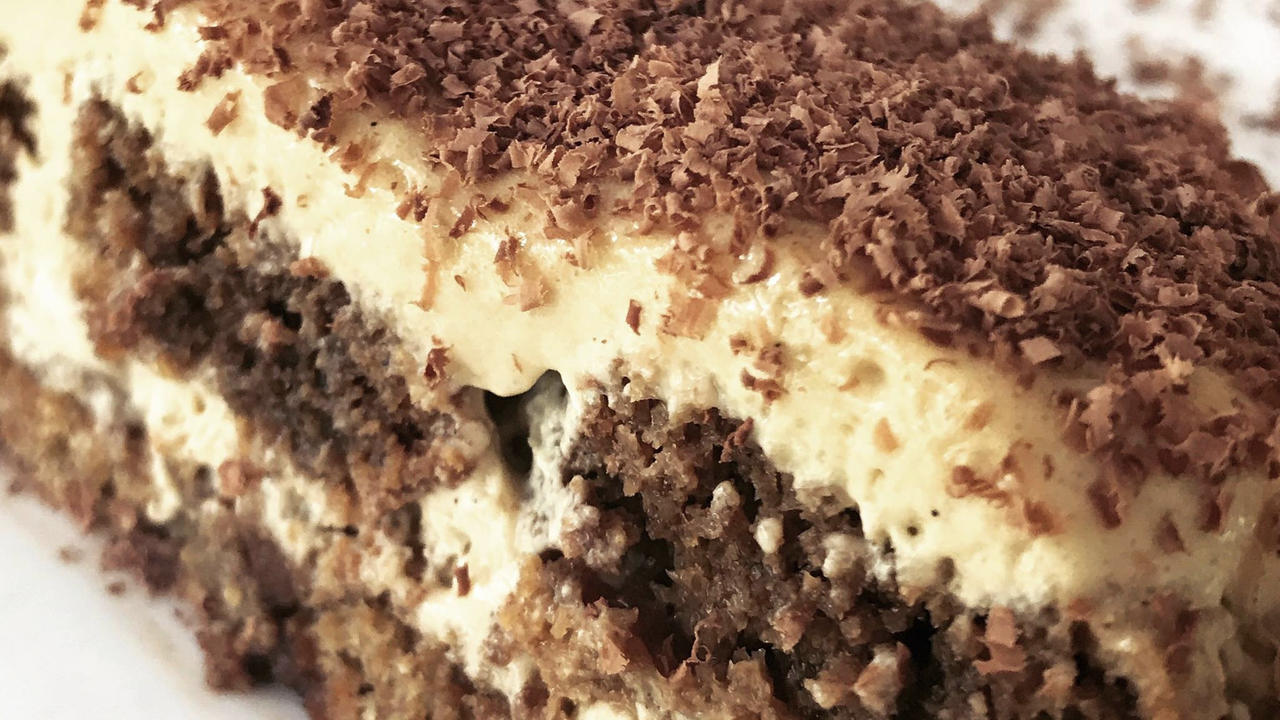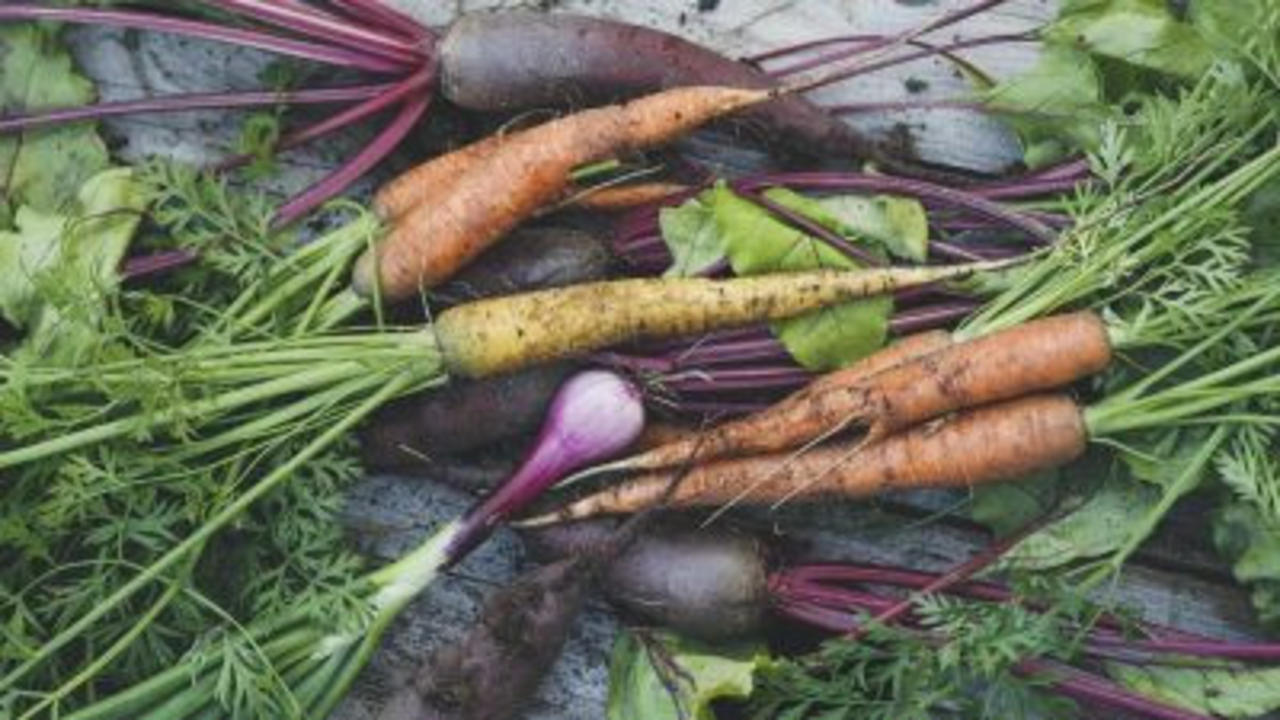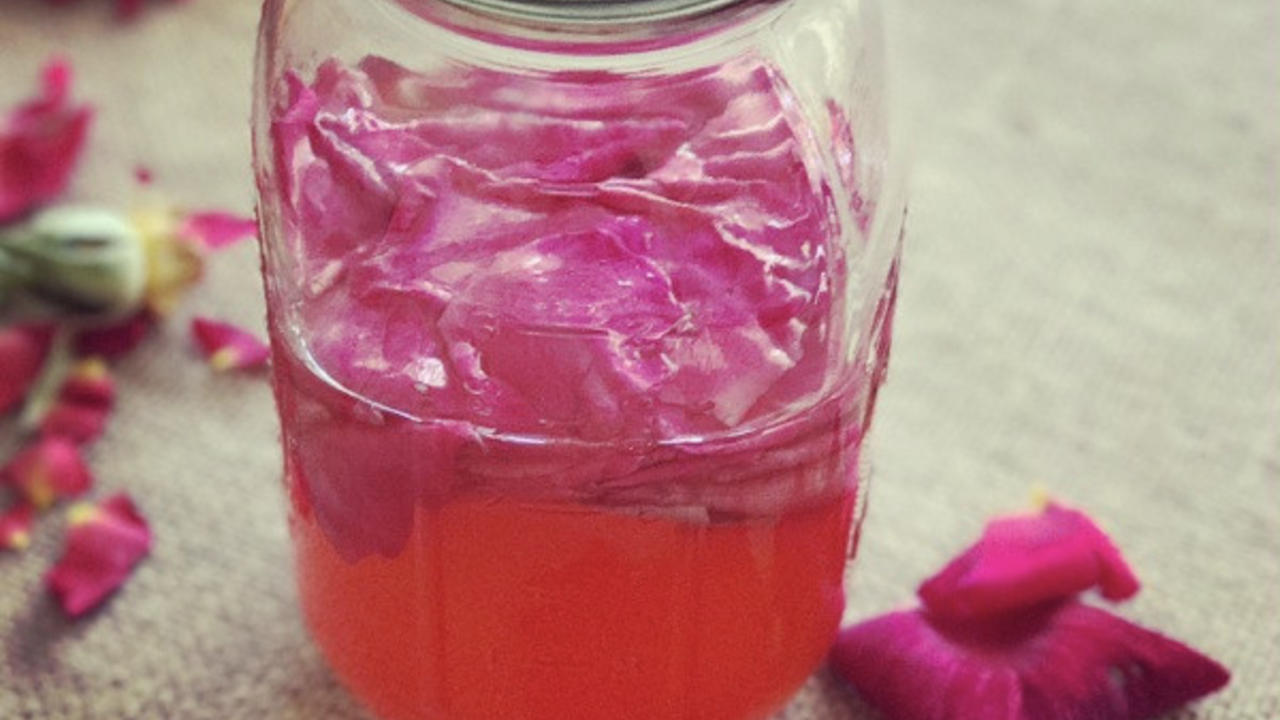Incorporating Spring Greens
Sep 24, 2020
Time to detox
Sep 19, 2020
Asparagus, potato and ham soup
Sep 11, 2020
Back to broth
Aug 31, 2020
Laughter yoga
Aug 20, 2020
Cold Showers have more than one use
Aug 14, 2020
A little ray of sunshine
Aug 06, 2020
The humblest superfood
Jul 29, 2020
Healthy Tiramisu: Wholefood bliss!
Jan 25, 2018
Easy Rose Petal Vinegar: Your skin will drink it.
Sep 27, 2017













